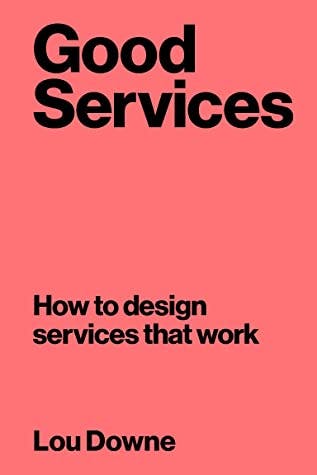Richard Oliver published the widely known ‘Expectation Confirmation Theory’. Summarised simply, it states that customer satisfaction is the result of a comparison of our expectations with our experience. If they match, we’re satisfied; if experience prevails over expectations we’re delighted; but if expectations outweigh experience, we’re dissatisfied.123 ↱

Good Services
How to Design Services that Work
Lou Downe
Loading highlights…